PLANES OF FAME: Sukhoi Su-27/30/34/35 FLANKER
Update: 2020/09/29 by Robert Kysela / CHK6
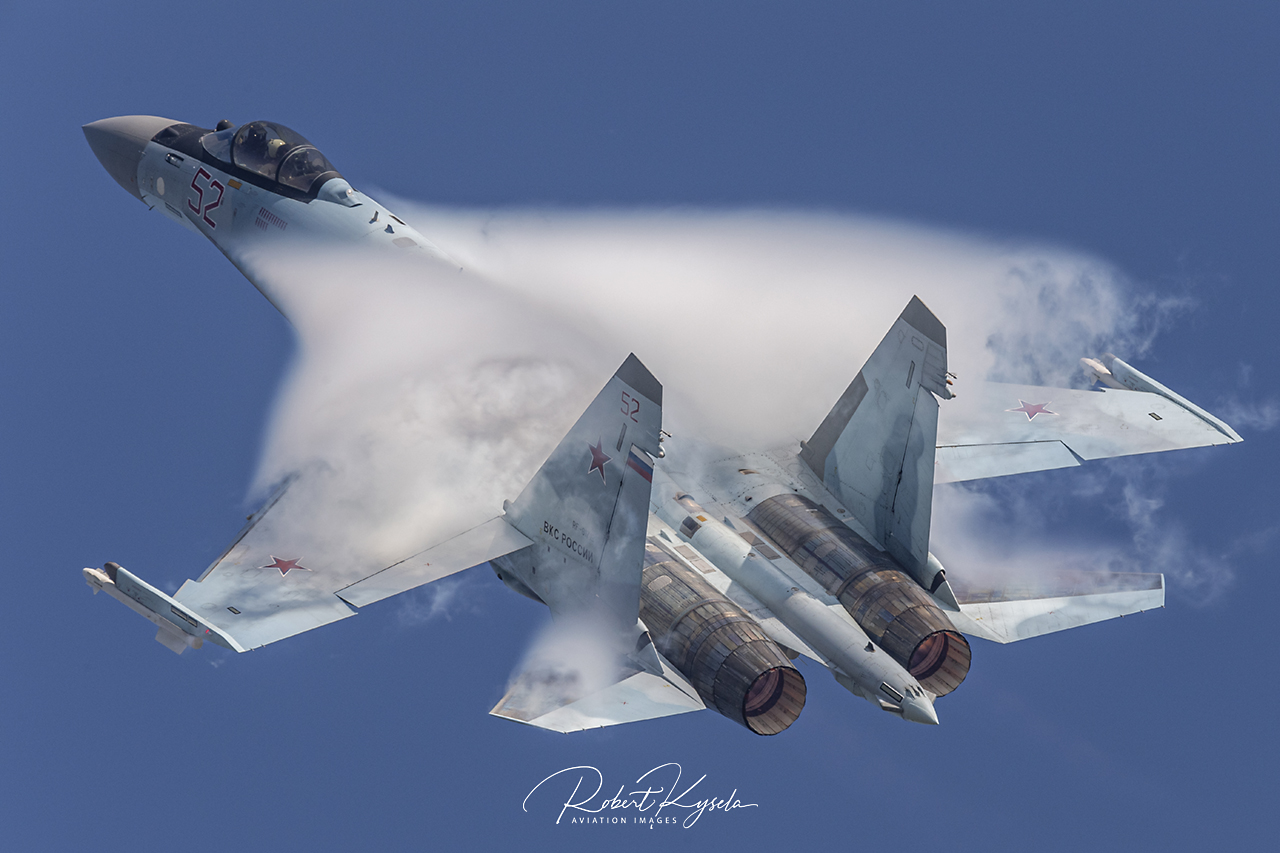
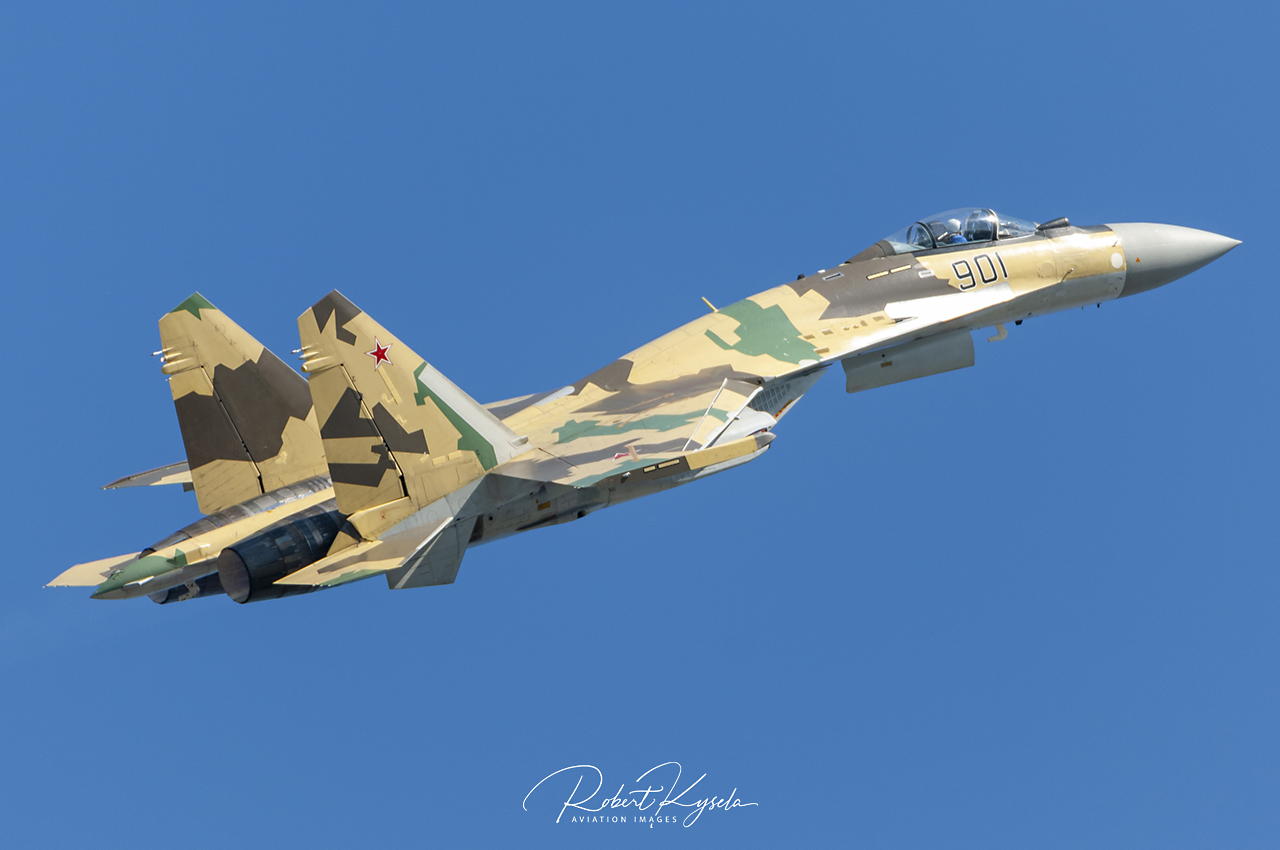
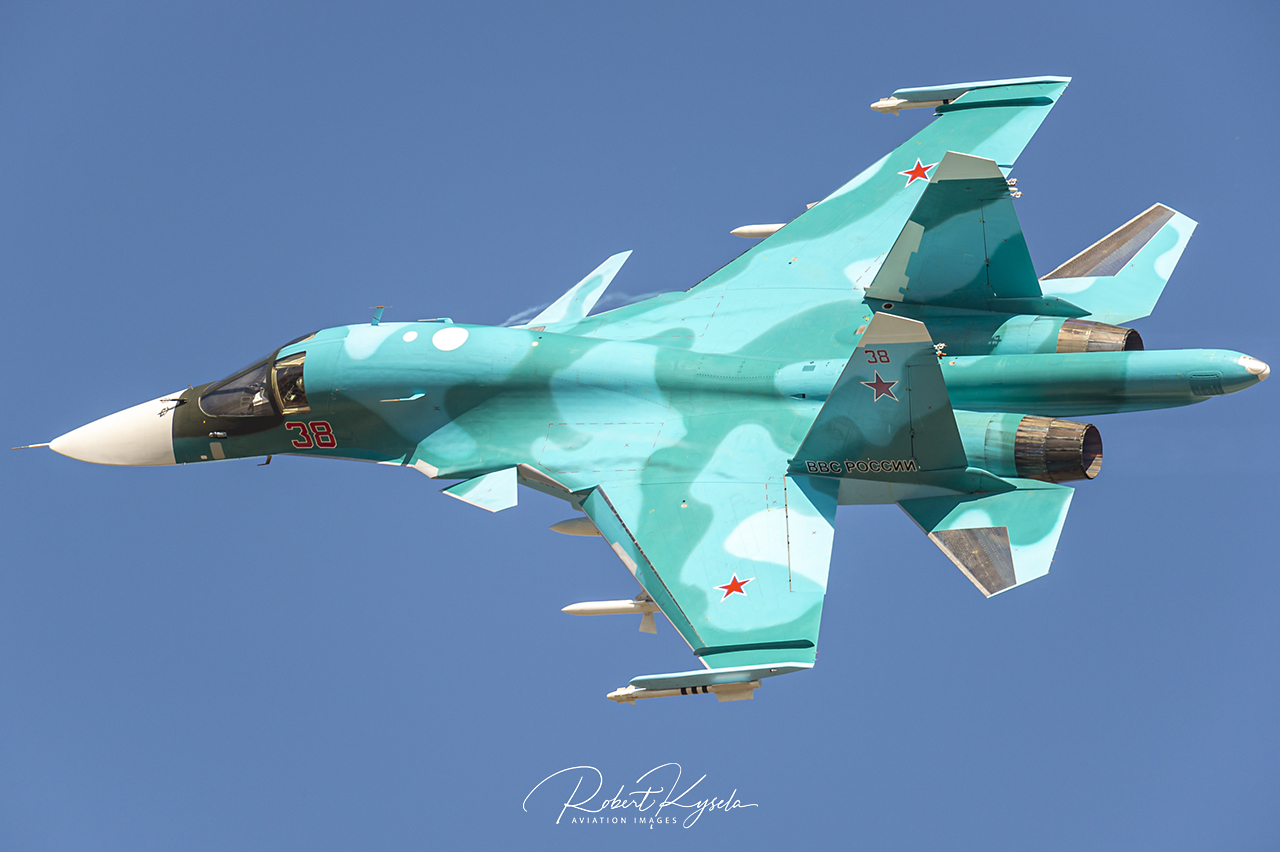
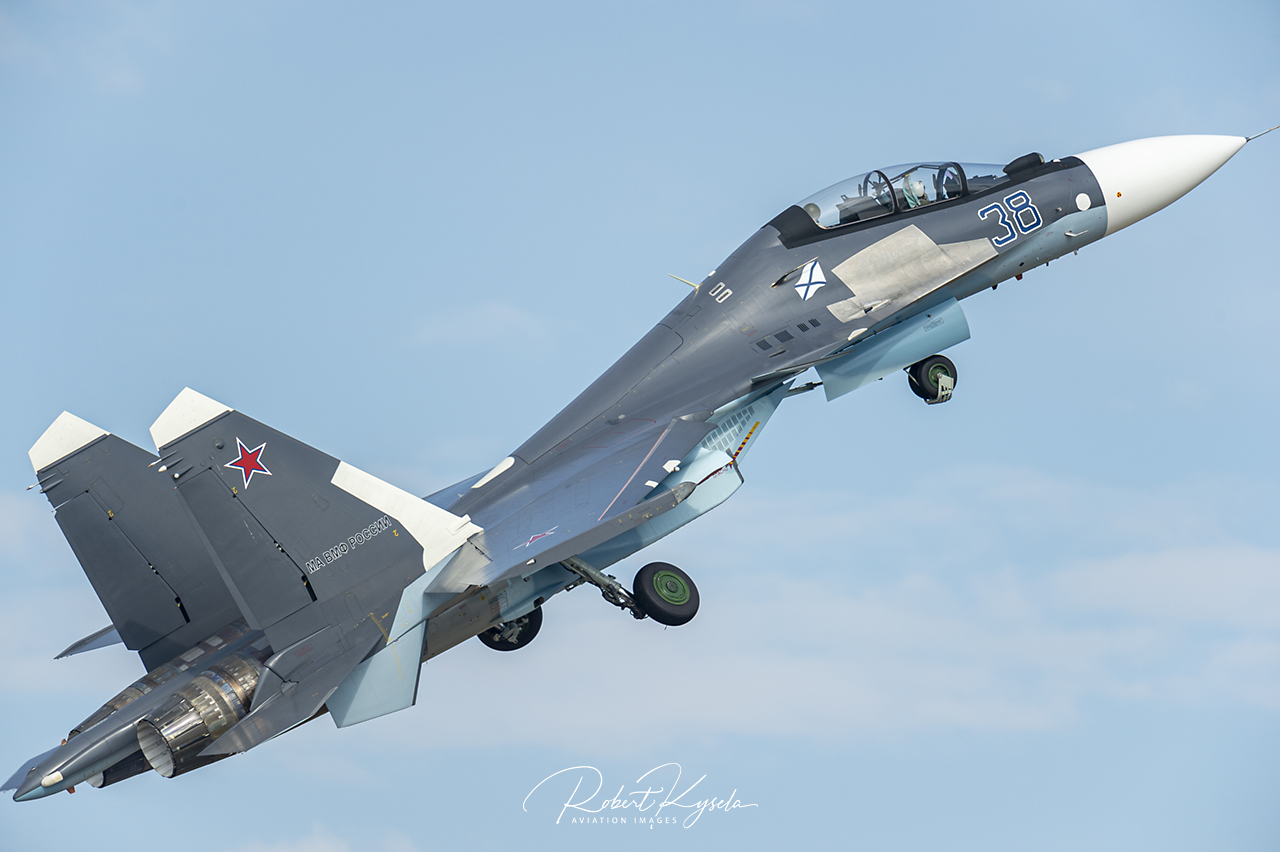
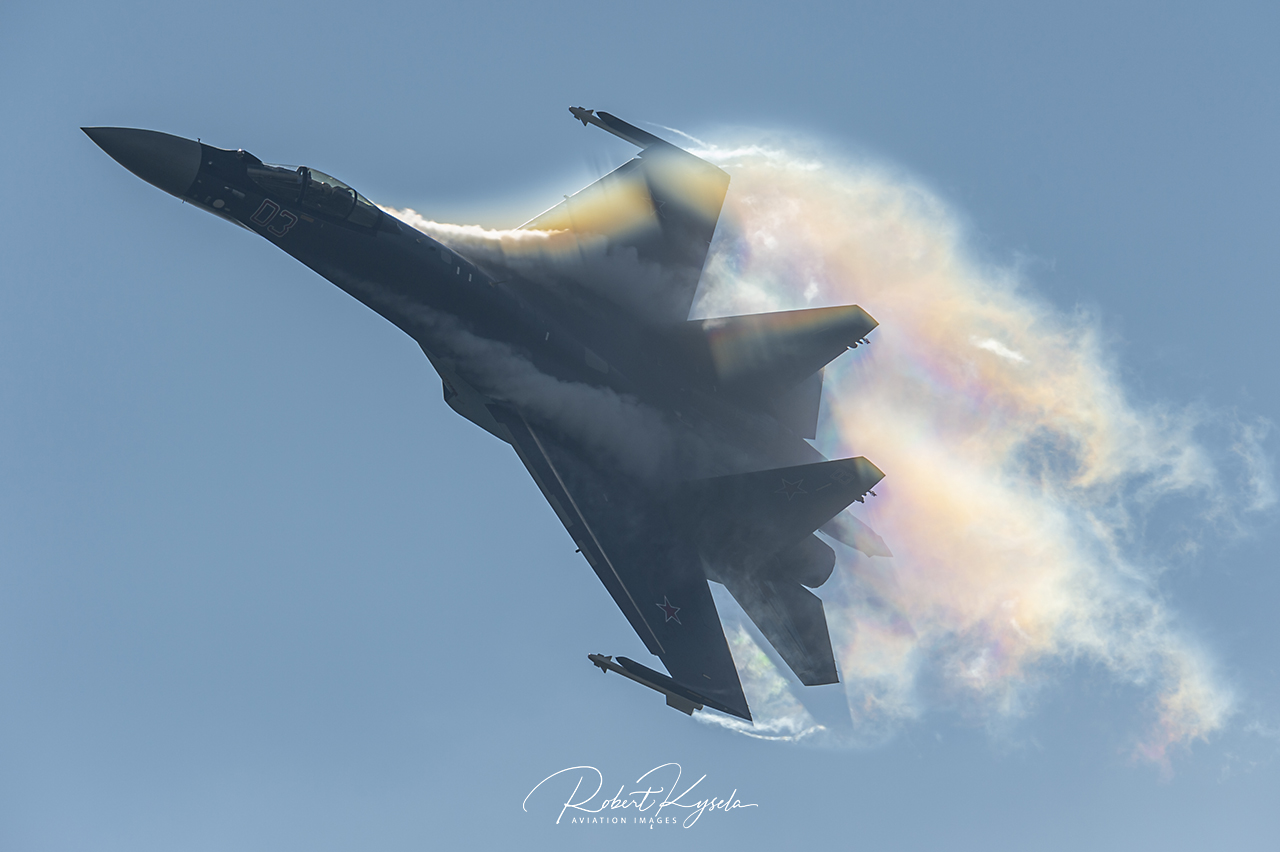
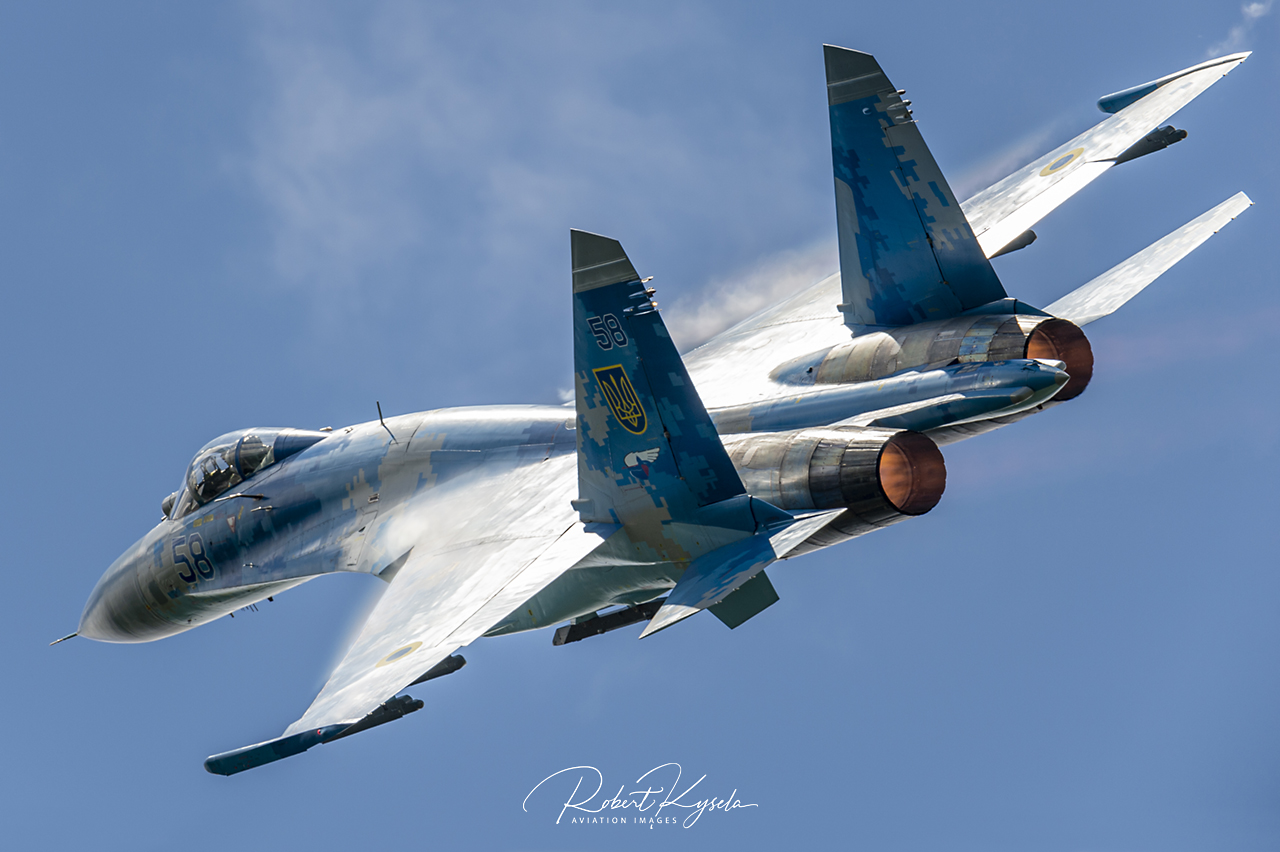
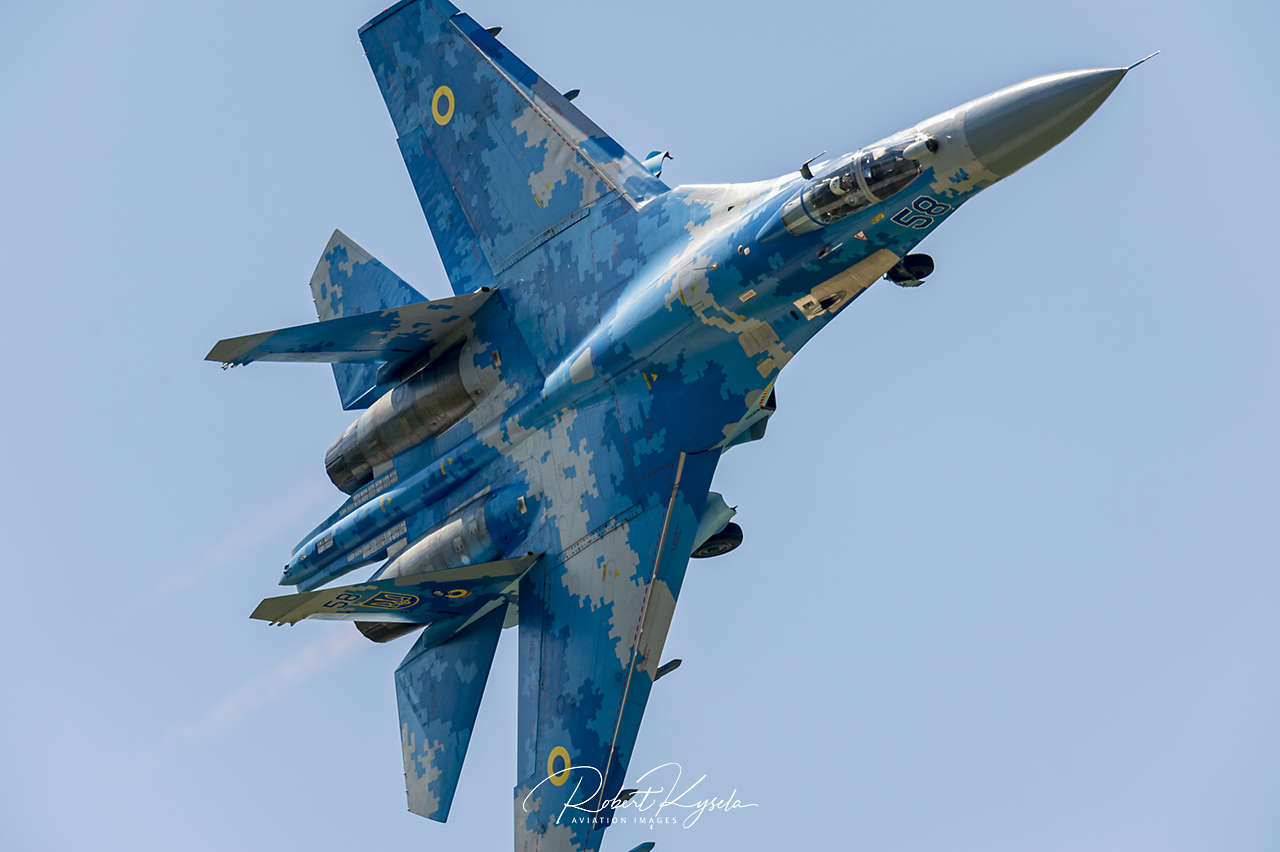
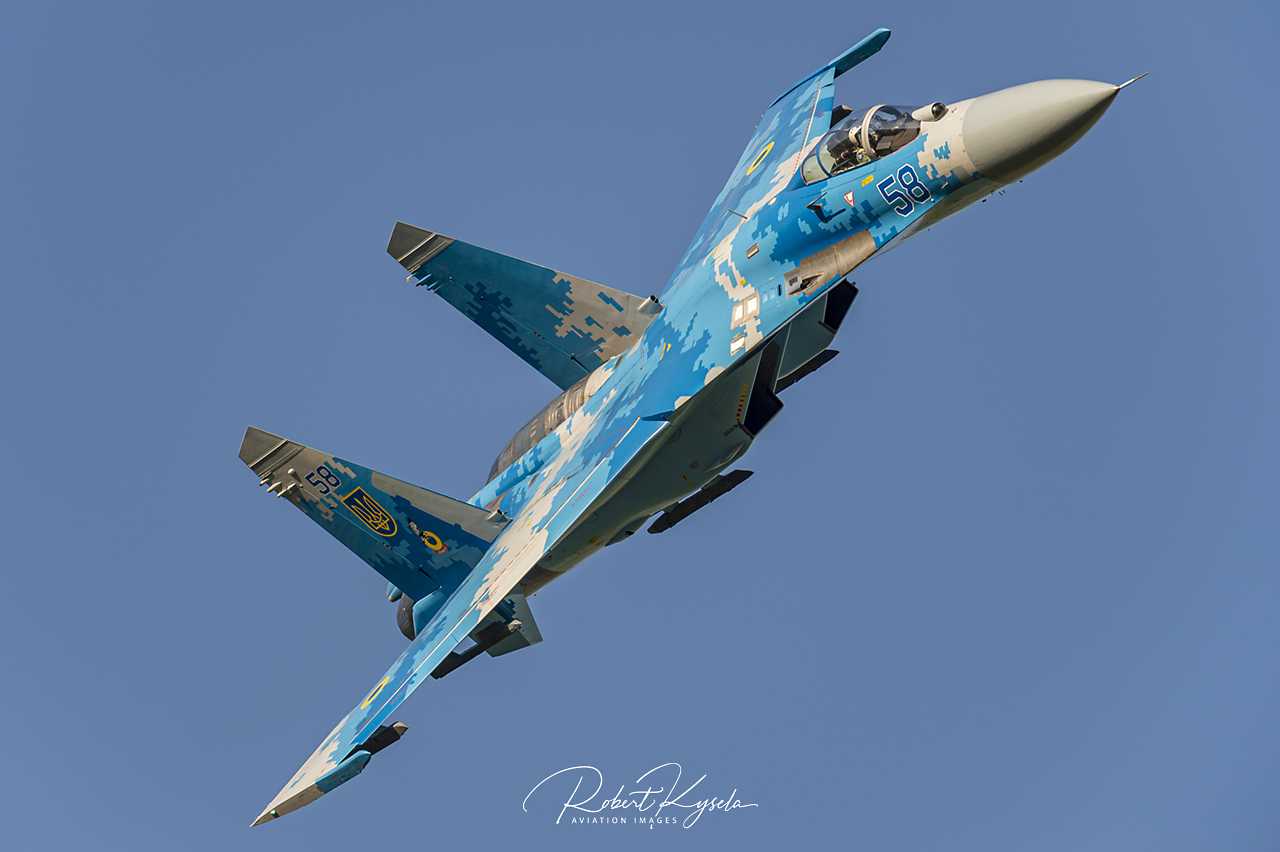
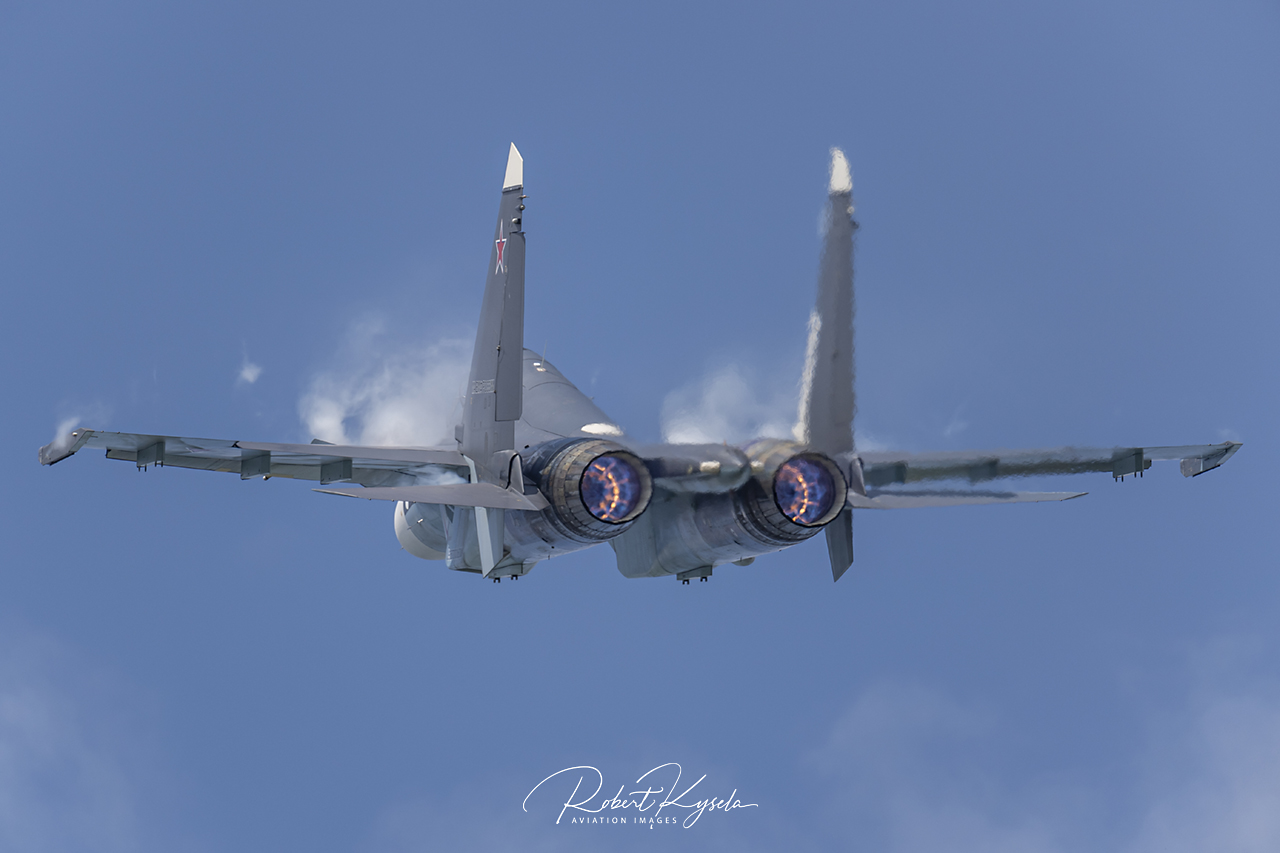
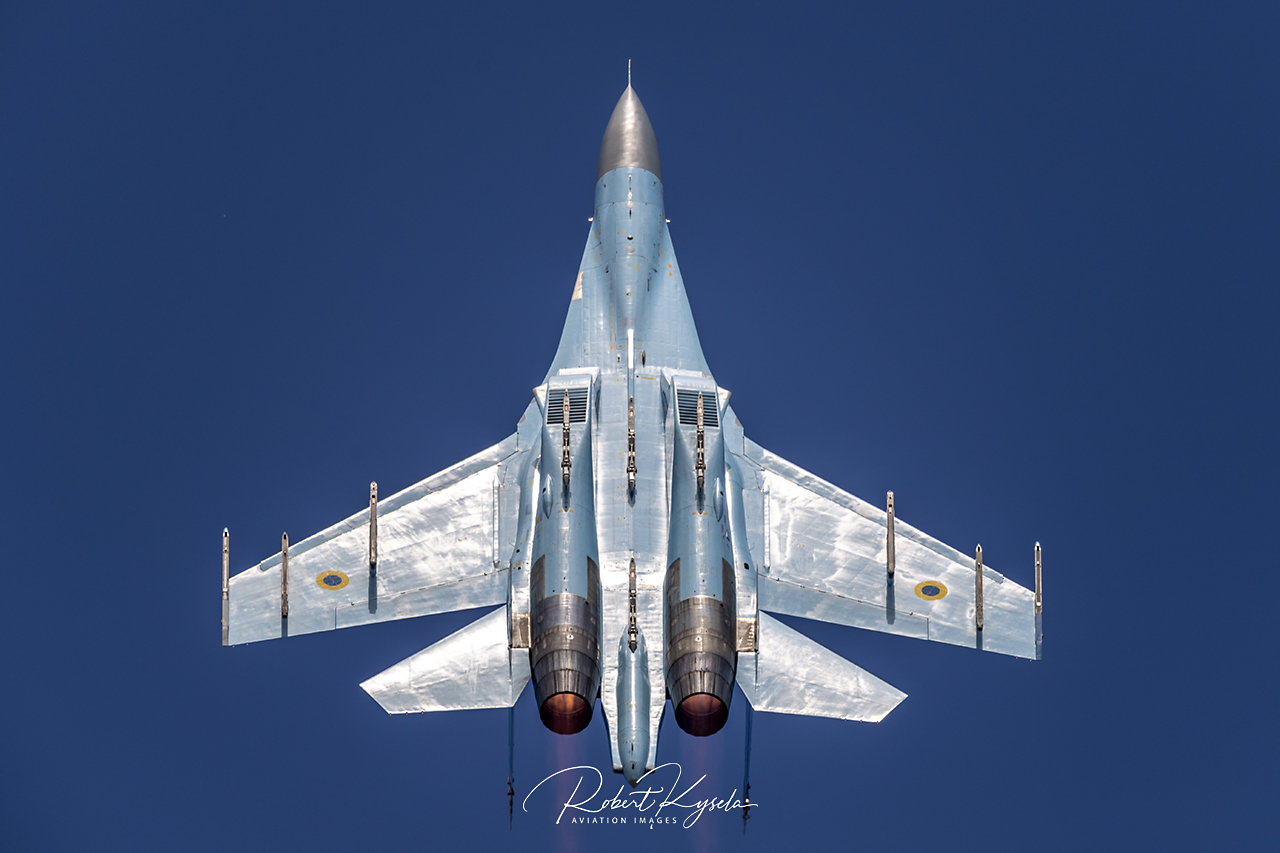
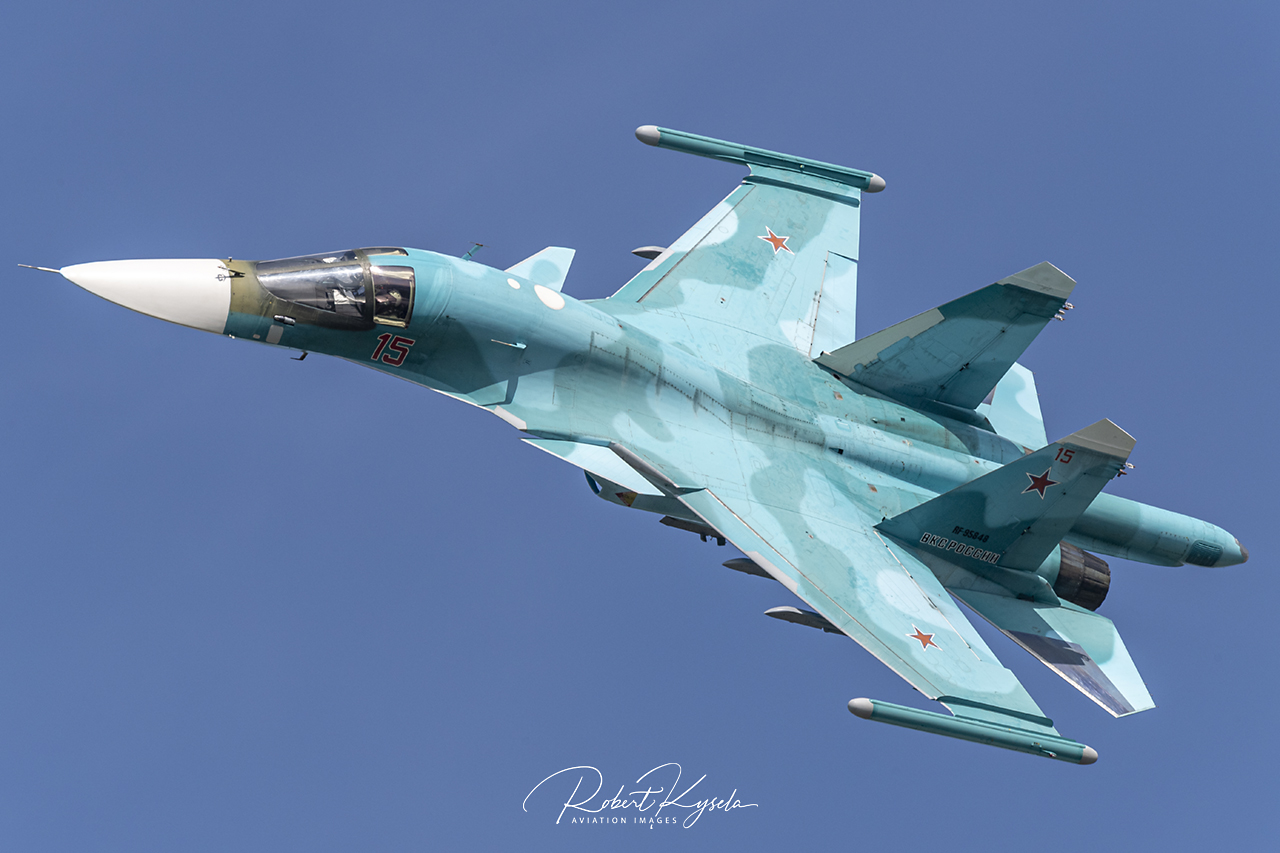
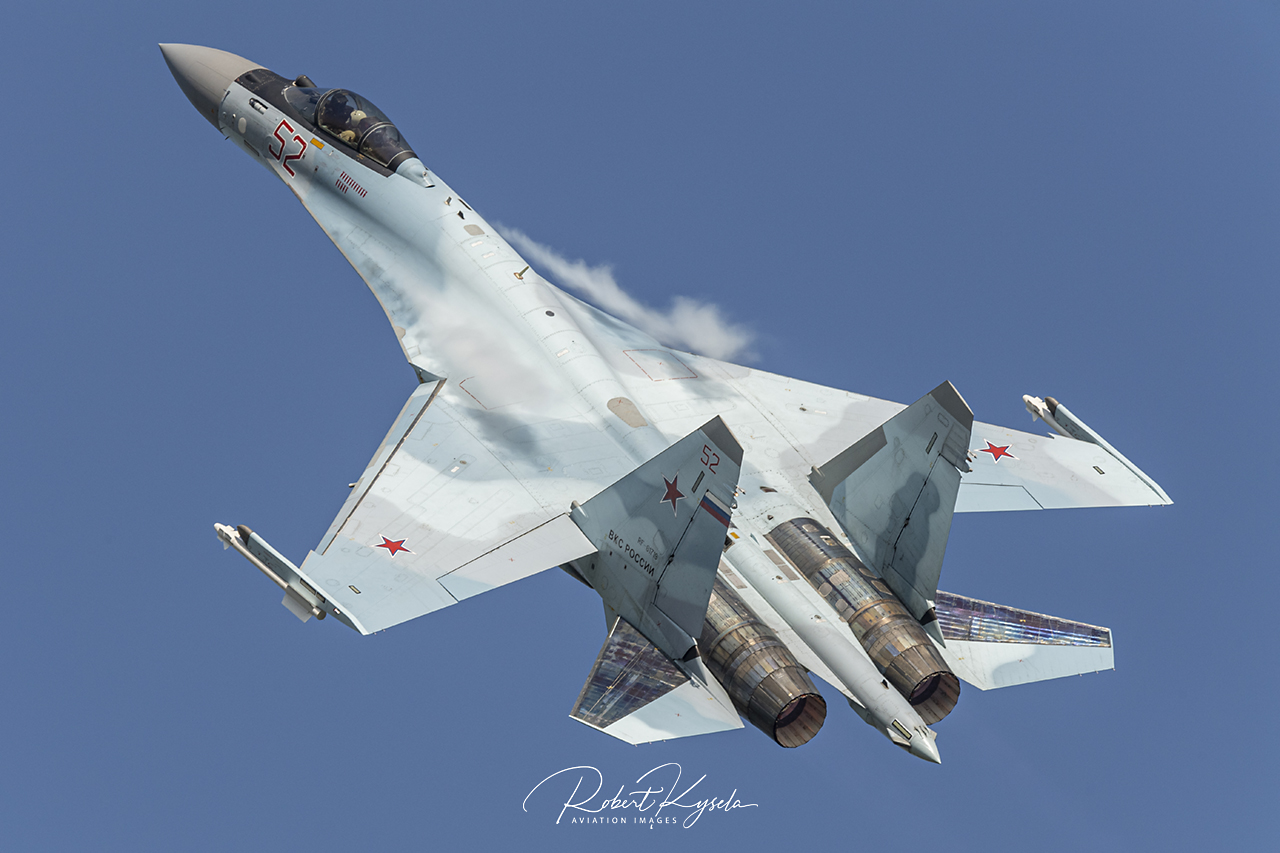
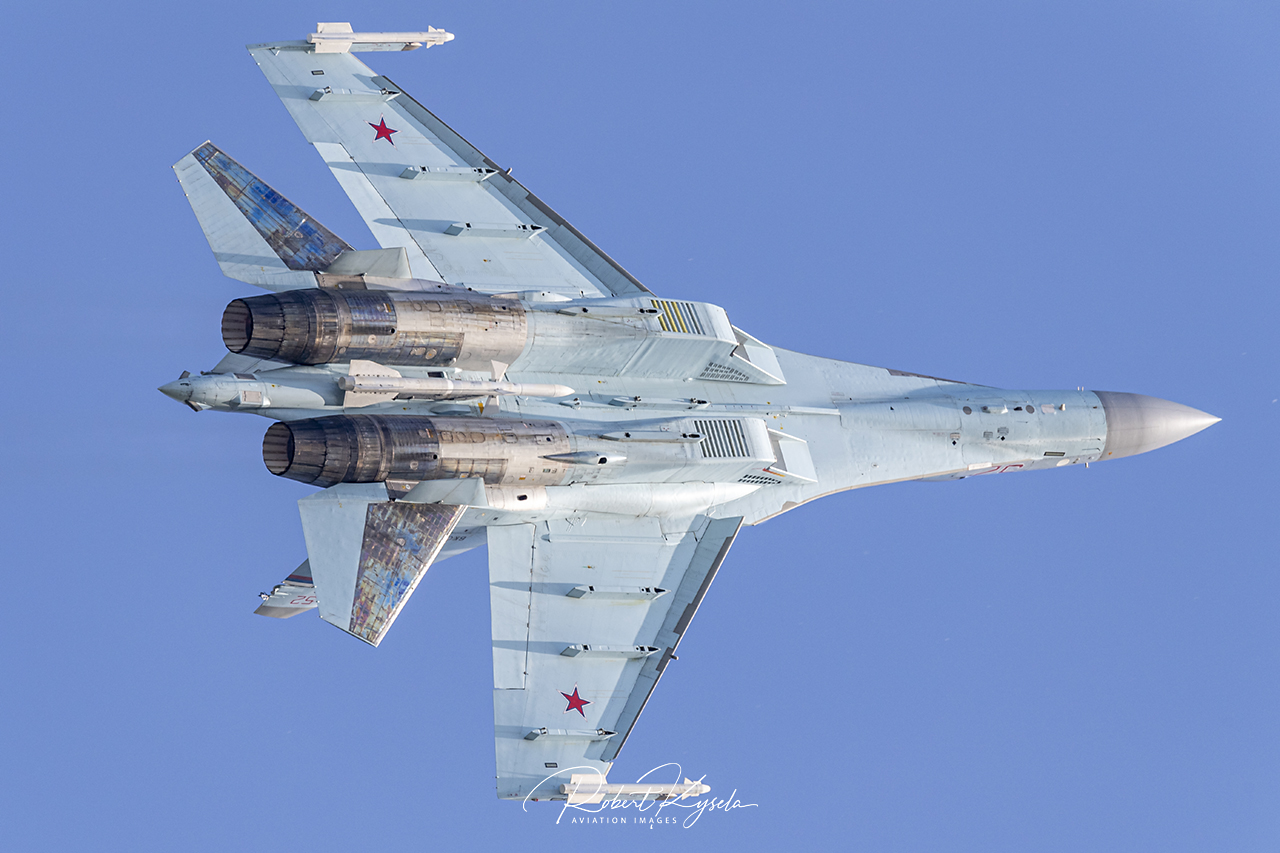
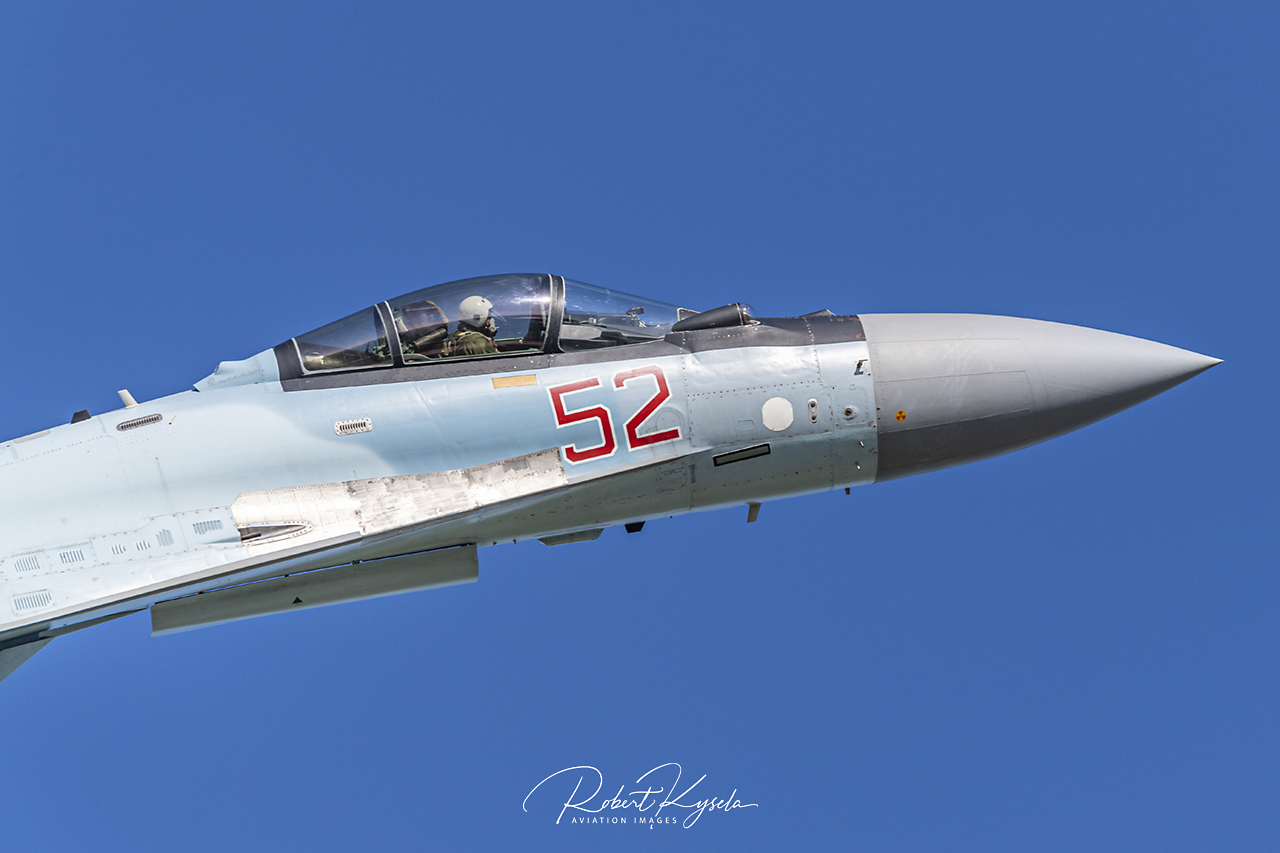
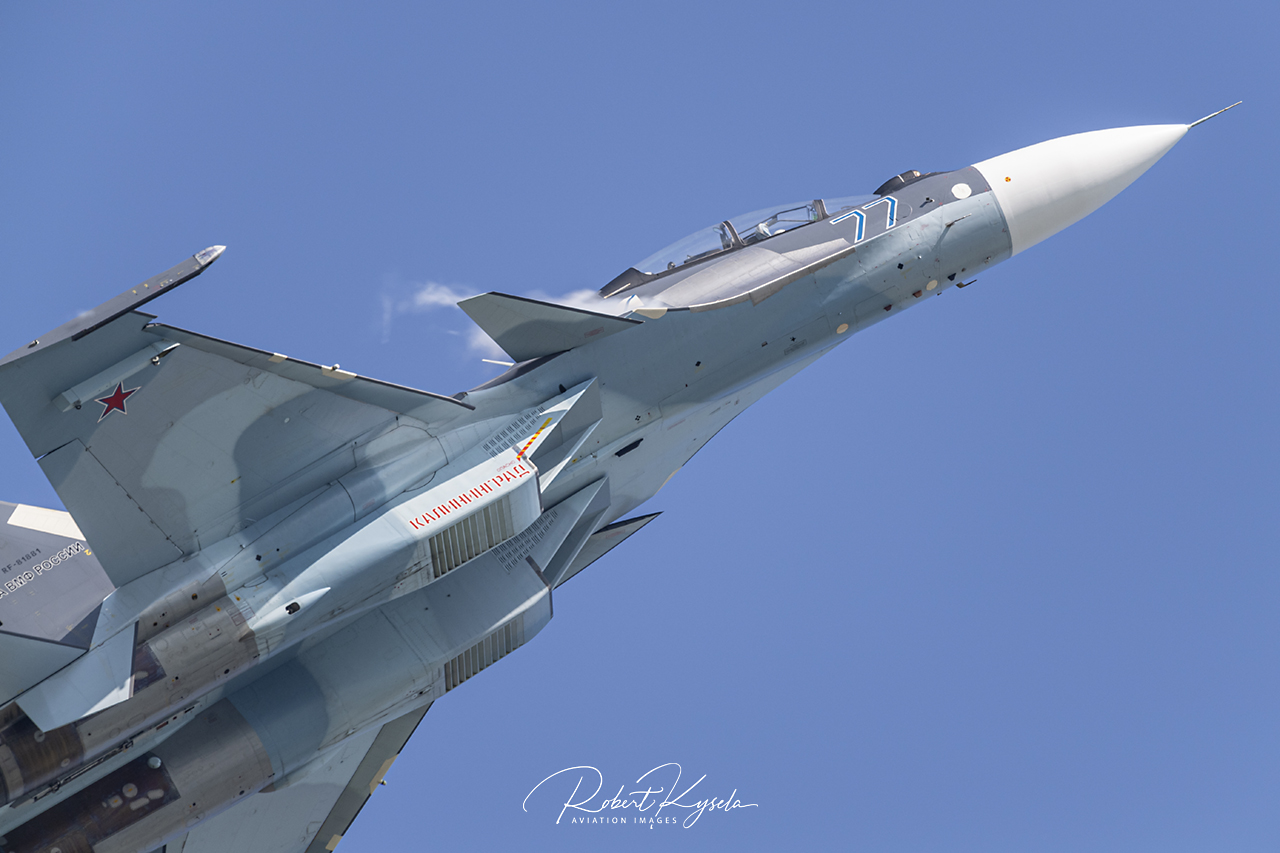
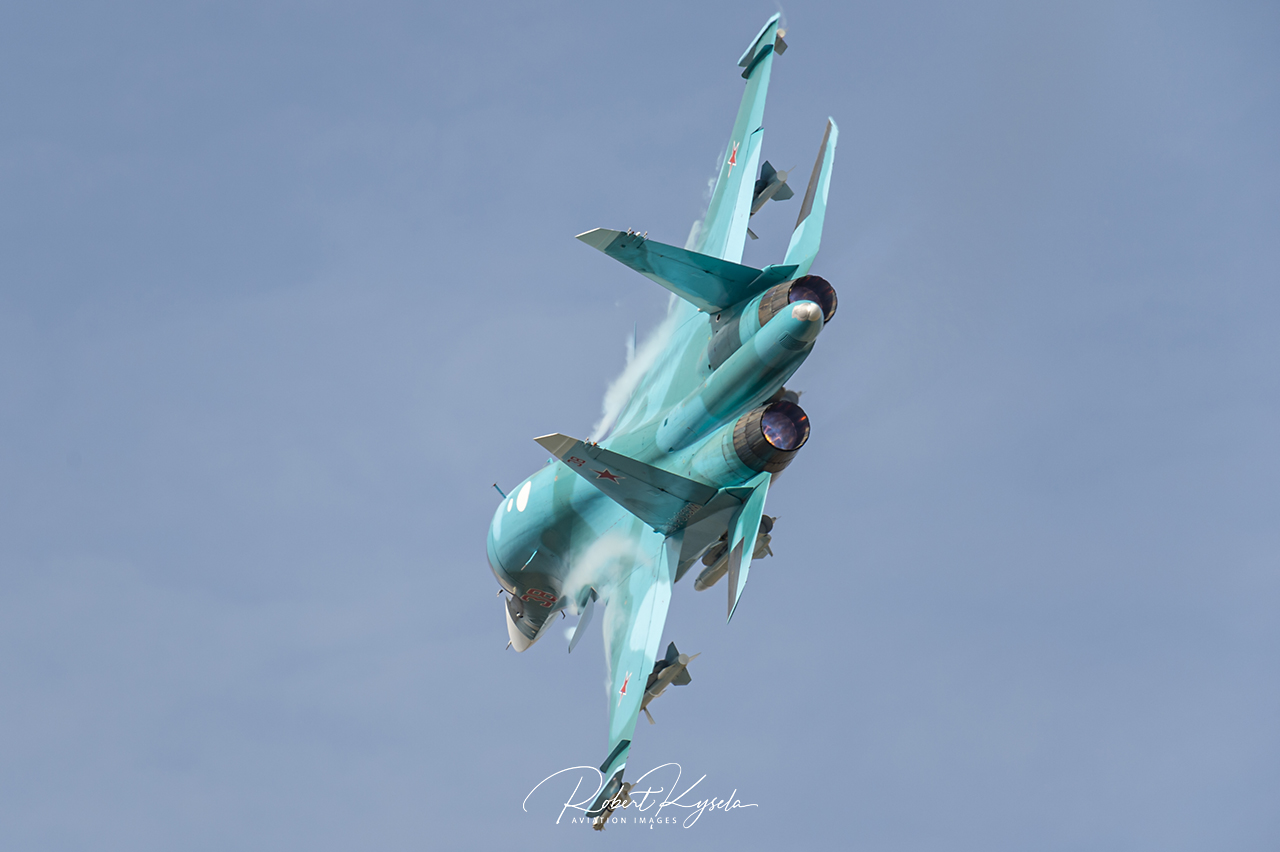
Some airplanes become true legends in their own lifetime and one such aircraft to which this statement certainly applies to is the Sukhoi Su-27 (NATO Code: FLANKER). Hardly any other aircraft combines such an aggressive design, brute power and phenomenal maneuverability as this mighty Russian fighter. It’s also hard to believe that the first prototype Su-27 made its maiden flight over 40 years ago! Reason enough to take a closer look at the development and history of this fascinating aircraft!
A Soviet response to the West's new air superiority fighters was to be commissioned in the late 1960’s
R. Kysela
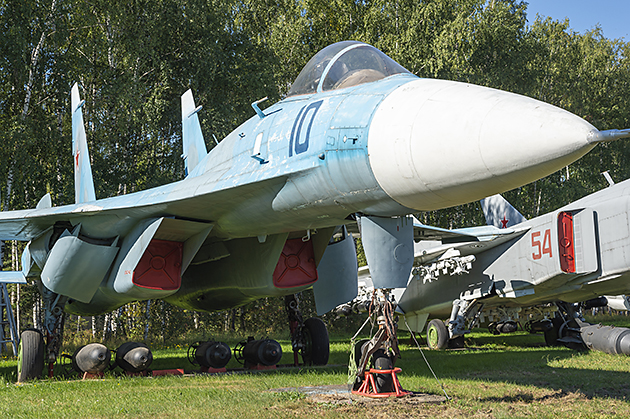
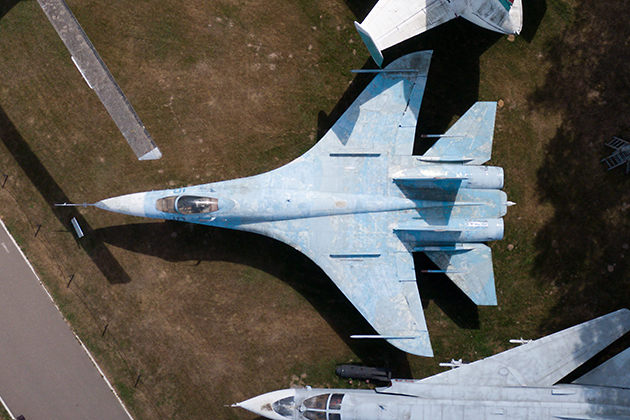
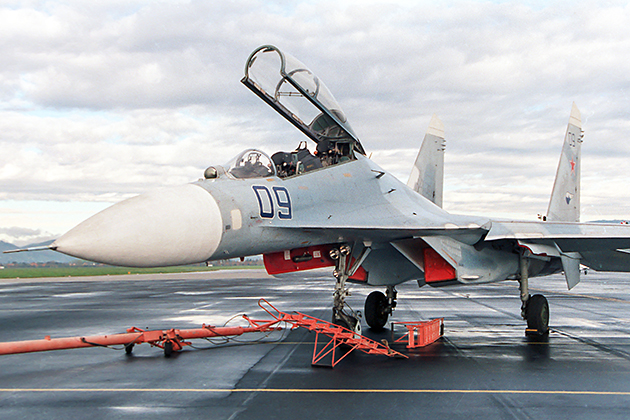
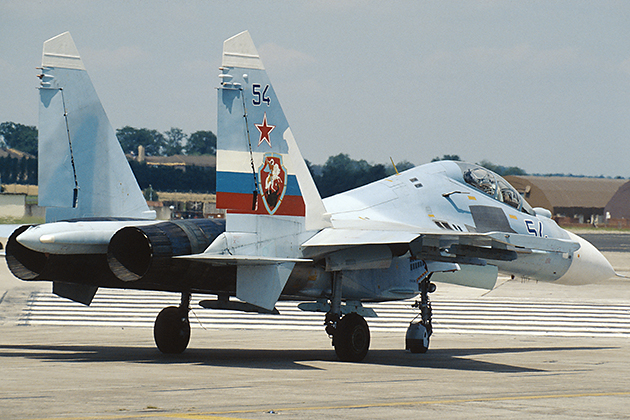
A key element of the design was its ogive wings, which were flush with the fuselage segment (a so-called Blended Wing Body)
R. Kysela
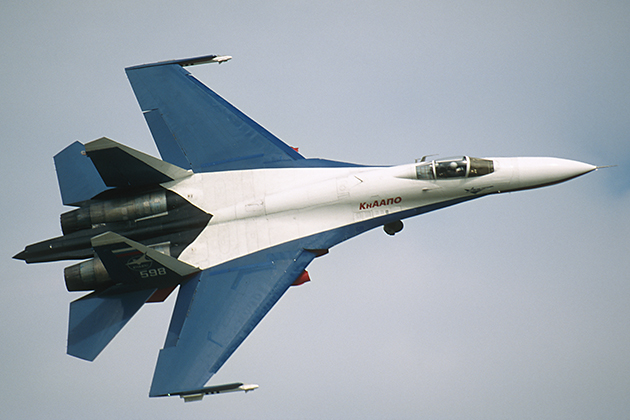
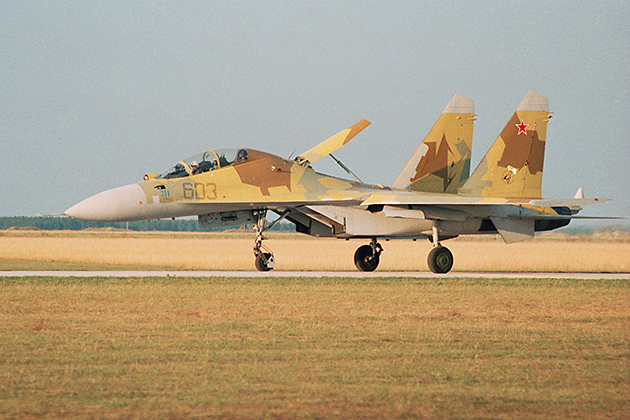
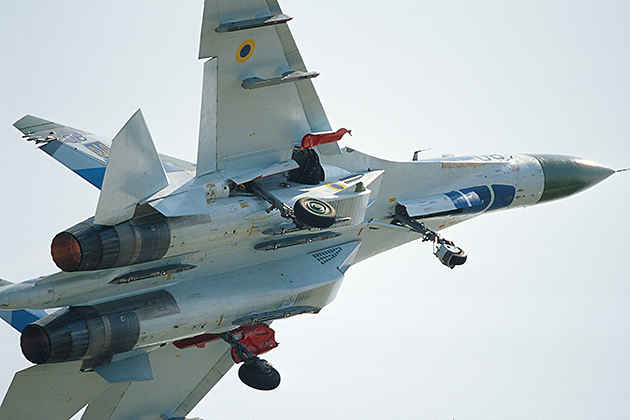
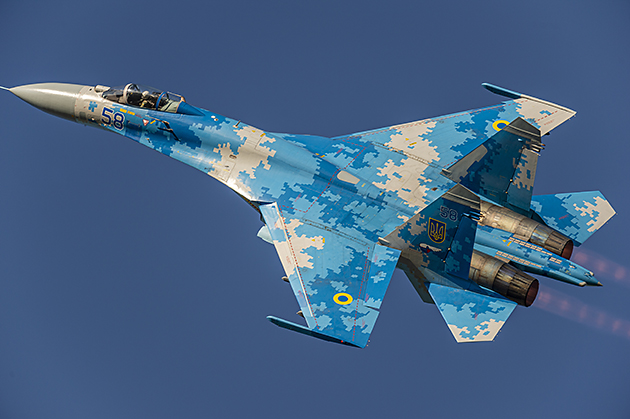
The maiden flight of the new fighter, designated T-10-1 took place on 20 May 1977 at the flight test center at Zhukovsky. At the controls was chief test pilot Vladimir Ilyushin, son of well-known aircraft designer Sergey Ilyushin. It soon became apparent that the prototype did not meet its expectations with performance data, at times, far outside the specified parameters. Adding to this catastrophic situation, the second prototype (T-10-2) crashed on 07 July 1978, killing the pilot, Yevgenji Solowjew. The evaluation of the flight tests showed the T-10 was laterally unstable however, it was (and contrary to plan) relatively stable around its longitudinal axis, this in turn had a negative effect on its overall maneuverability. Additionally, the engines would overheat as the fan blades were not actively cooled – All issues adding to a growing list of shortcomings that began to exceed an acceptable level. These deficiencies were to become so great that any minor improvements would be insufficient to remedy them. There were actually only two options available, either to stop the entire project or redesign the aircraft in its entirety. Fortunately for Sukhoi, OKB got the green light for the redesign. The first prototype T-10-1 found its way to the museum in Monino, where it can still be admired today.
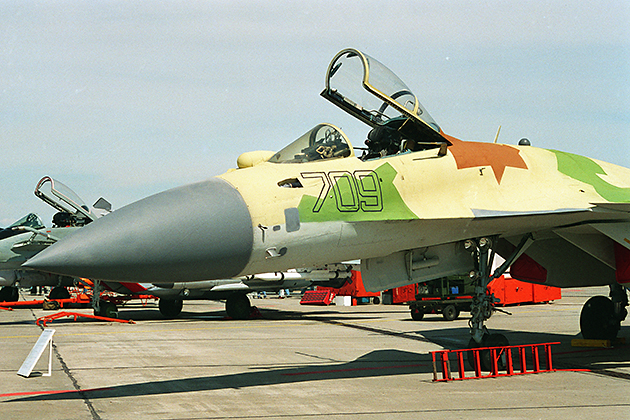
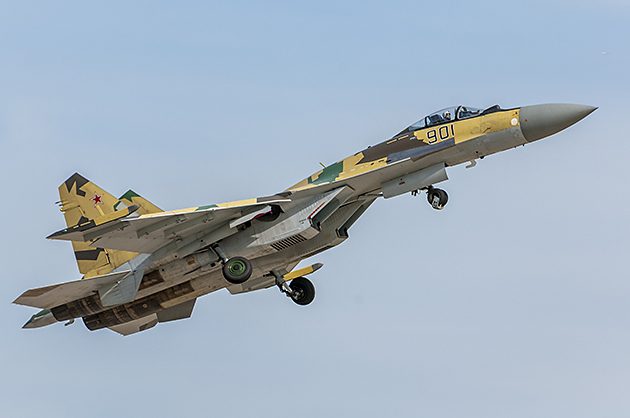
The new prototype first flew on 20 April 1981, again with Vladimir Ilyushin at the controls and despite the fact that a prototype of what was to become the Su-27 had progressed, luck did not hold out for Sukhoi OKB. On 3rd September of the same year the first prototype was involved in an accident, fortunately Ilyushin was able to save himself utilizing the ejection seat. The second prototype crashed only a few months later (on 23rd December 1981). The pilot, Aleksandr Komarov, unfortunately was not so lucky and was killed in the accident. Despite these setbacks however, the development team was on the right track. This certainty was particularly evident by the fact that the production facilities in Komsomol’sk- on-Amur (KnAAPO) had already begun preparation for series production, even though the test phase was not fully complete.
Therefore the future Su-27 was classified as RAM-K, the MiG-29 received the designation RAM-L and the Su-25, which was also under development, was classified as the RAM-J
R. Kysela
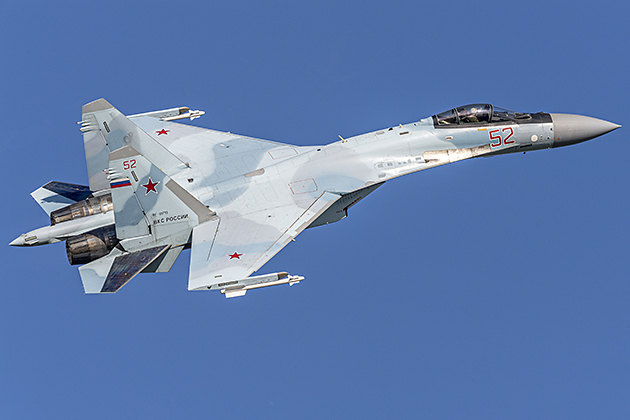
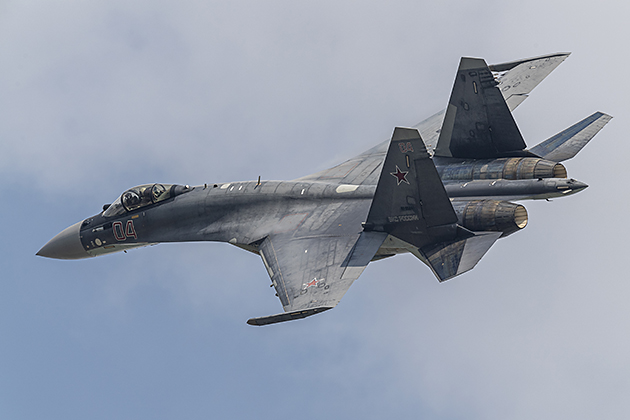
In the West, there was a long period of uncertainty about not only the existence, but above all the performance of the new fighter plane. The first satellite images appeared at the end of January 1980. With a lack of a correct formal designation (or the respective manufacturer/OKB involved), the machines were given the code designation RAM (RAM stood for Ramenskoje – Western intelligence services long believed that the flight test center in Zhukovsky was named after the nearby town of Ramenskoje). Therefore the future Su-27 was classified as RAM-K, the MiG-29 received the designation RAM-L and the Su-25, which was also under development, was classified as the RAM-J. Western analysts could not get much information from available photos with the approximate size and the wing geometry being the only parameters that provided any information until the mid 1980s. This left much room for speculation and misinterpretation. Not only did analysts tend to see these new machines as simple (and of course poor quality) copies of modern US-American designs, they even believed the RAM-K (Su-27) utilized swing wings.
The first usable pictures of the new Soviet fighter were provided by a Lockheed P-3B ORION of No. 333 Sqn / ROYAL NORWEGIAN AIR FORCE in 1987 when it was intercepted by two Su-27s near Murmansk. For the first time there were razor-sharp images of the Su-27, which henceforth was to become known in the west by its NATO designation: FLANKER. On the basis of these images, one could roughly calculate some performance parameters and at least guess the rest. A big shock came just two years later when for the first time a Su-27 was demonstrated in flight at the international trade fair at Le Bourget, demonstrating maneuvers considered impossible by many experts beforehand. Even if though its aerobatic demonstration is still controversial among experts today (especially Western experts who like to point out again and again that the famous COBRA maneuver has no use whatsoever in combat), they still impressively demonstrated the considerable agility of this new large fighter.
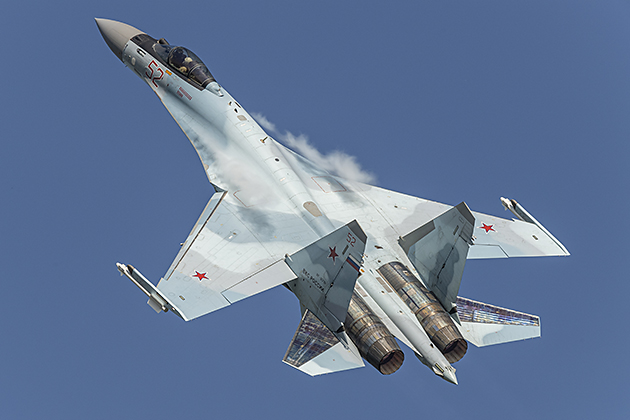
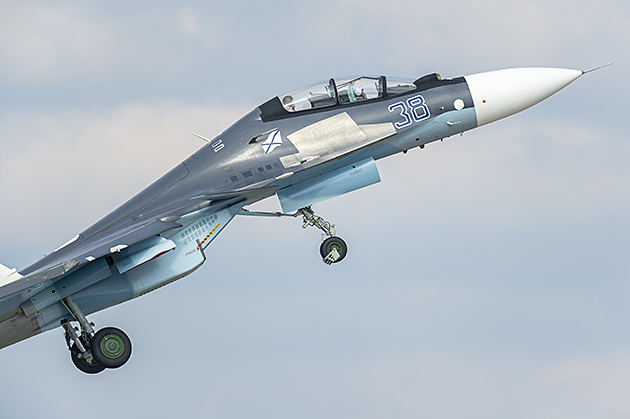
Modern air superiority fighters are designed inherently unstable, at least in the longitudinal axis, otherwise extreme maneuvers such as tight radius turns and high angle of attack maneuvers would be impossible. For pilots to be able to fly such aircraft, flight control computers and fly-by-wire (FBW) systems which implement computer aided control commands at lightning speeds are mandatory. In the case of the Su-27, developers were able to draw on experience gained from the Sukhoi T-4. The first Su-27 (including its prototypes and pre-production models) were equipped with analog FBW systems which only controlled the elevators, the ailerons and rudders via conventional hydraulics. The current version Su-35S utilizes an MNPK Avionika KSU-35 quadruple-redundant digital FBW control system.
The N001 MECH (sword) pulse doppler radar developed by NIIP for the first FLANKER variants was a quantum leap compared to the radar systems used in the MiG-21 but still did not maintain the required parameters to keep up with more modern western radar systems
R. Kysela
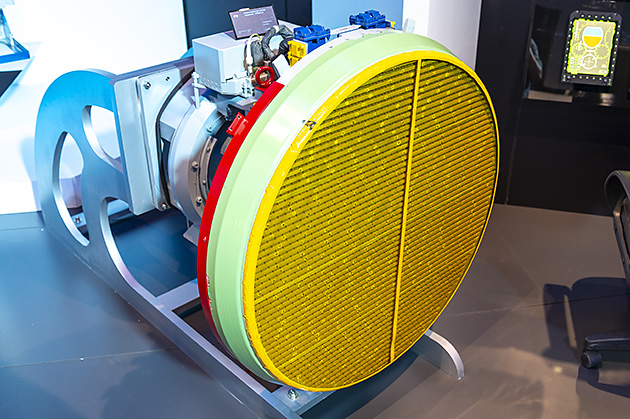
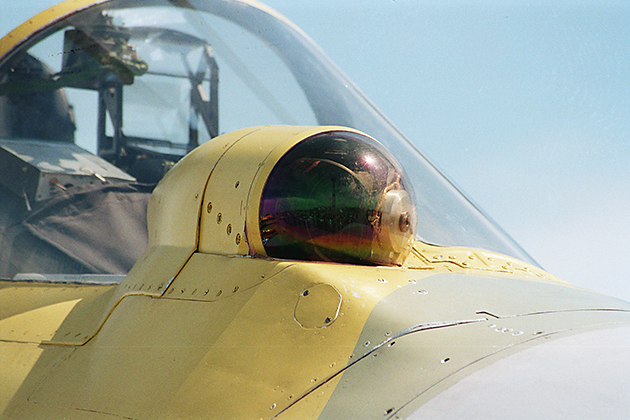
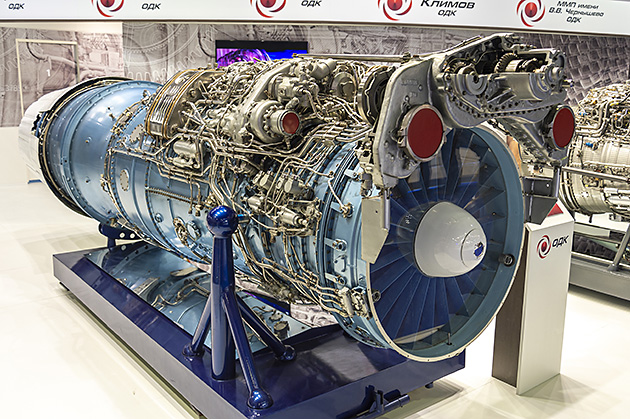
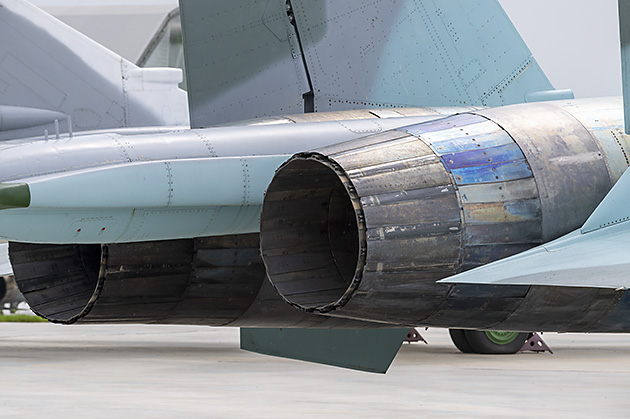
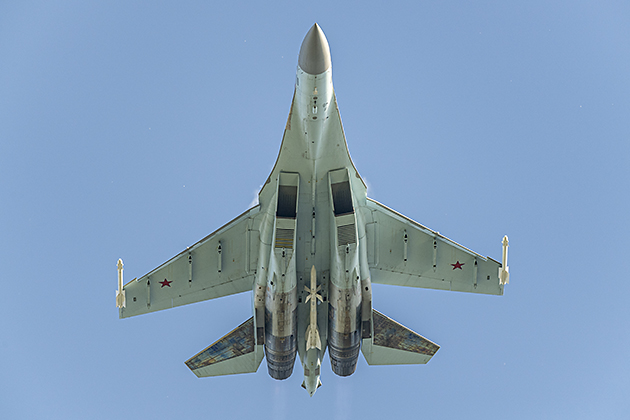
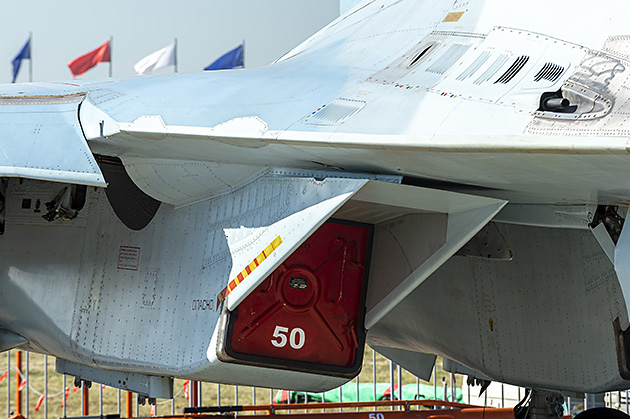
The 117S engine has a predicted life of 4,000 operating hours, with an MTBO (Mean Time Between Overhauls) of 1,000 hours
R. Kysela
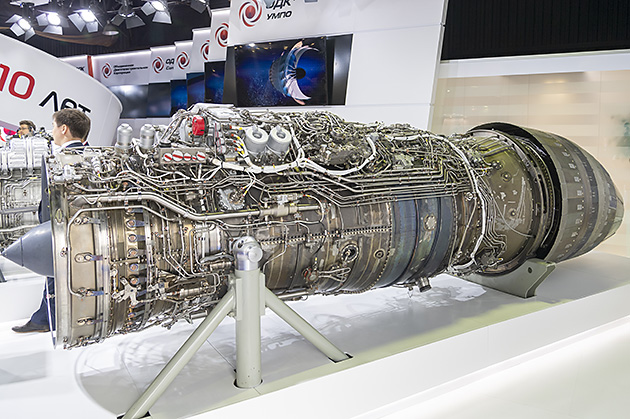
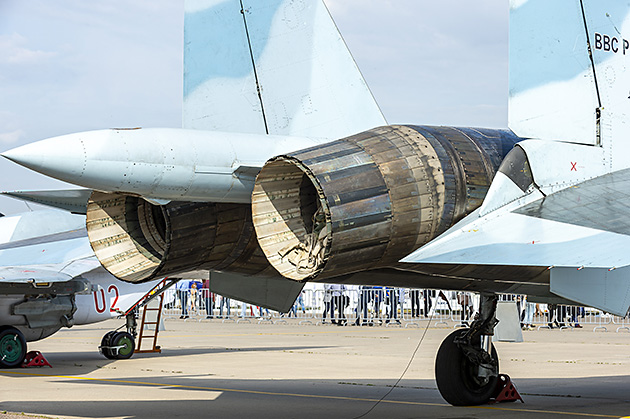
The following engines are used in the current versions of the FLANKER family
- NPO Saturn 117S (Su-35S)
- AL-31FP (Su-30SM)
- AL-31F M2 (Su-34).
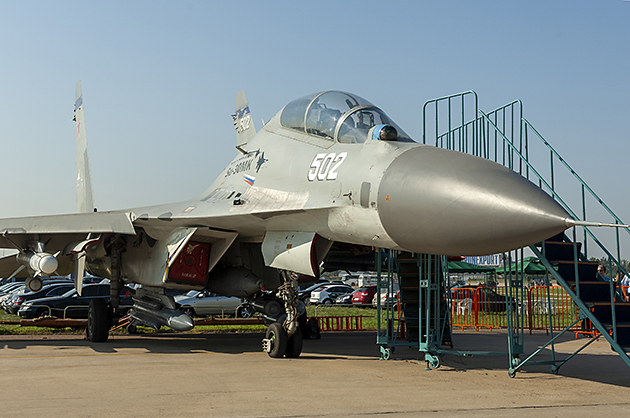
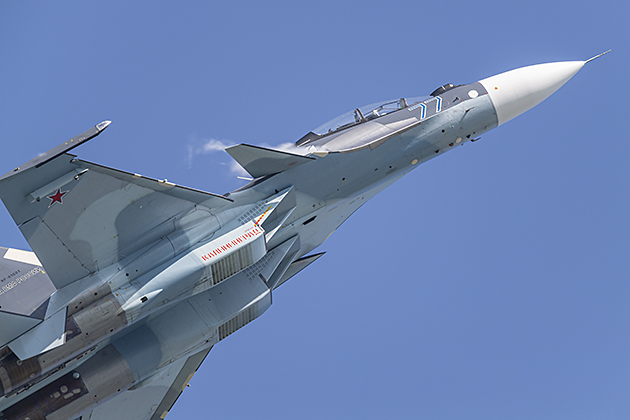
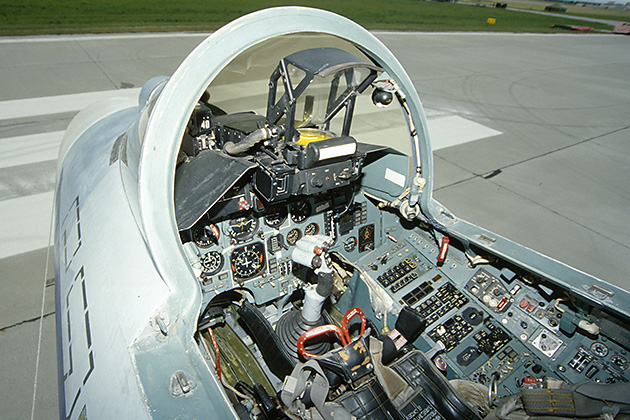
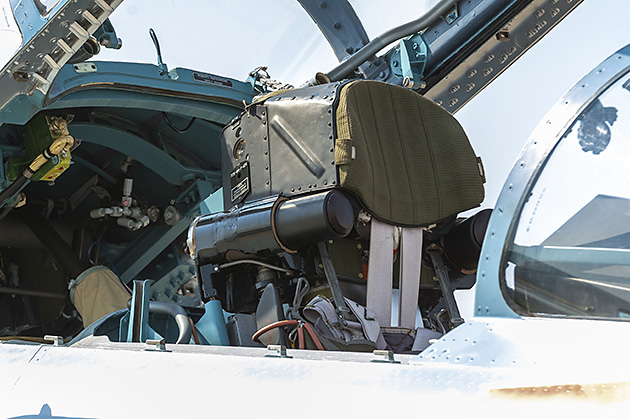
The original designation was Su-27IB (Istrebitel Bombardirovshchik = fighter bomber), later the designation was changed to Su-32 and then to Su-34 (the export variant is still called Su-32FN)
R. Kysela
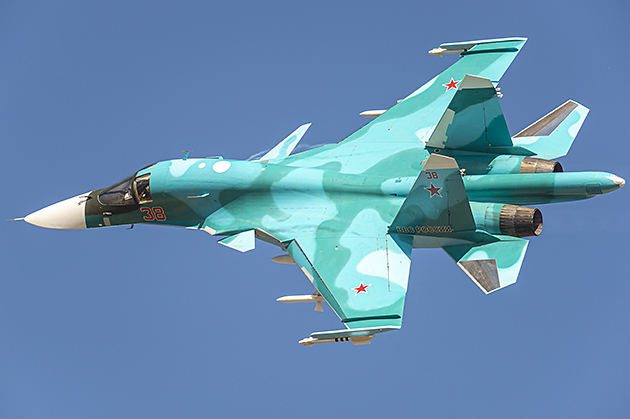
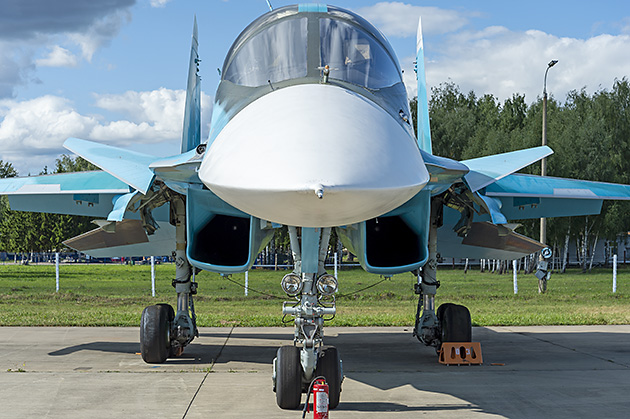
Another variant of the FLANKER family is the Su-34 (NATO Code: FULLBACK). This is a heavy tactical combat aircraft, which differs in many areas from the original Su-27 series. Development began in the mid 1980’s when the first Su-27s entered service. The original designation was Su-27IB (Istrebitel Bombardirovshchik = fighter bomber), later the designation was changed to Su-32 and then to Su-34 (the export variant is still called Su-32FN). In strong contrast to the Su-27UB and Su-30 FLANKER variants where the pilots sit in a tandem arrangement behind each other, the crew of the Su-34 are positioned next to each other. This arrangement also gives the Su-34/32 its very distinctive appearance where in Russia it is often refered to as Utjonok (duckling) because of its duck-shaped nose section.
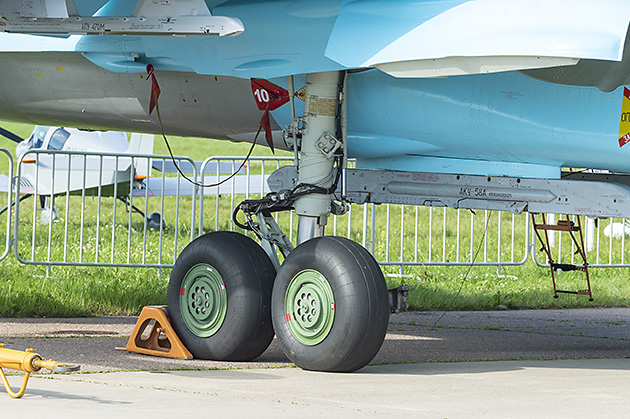
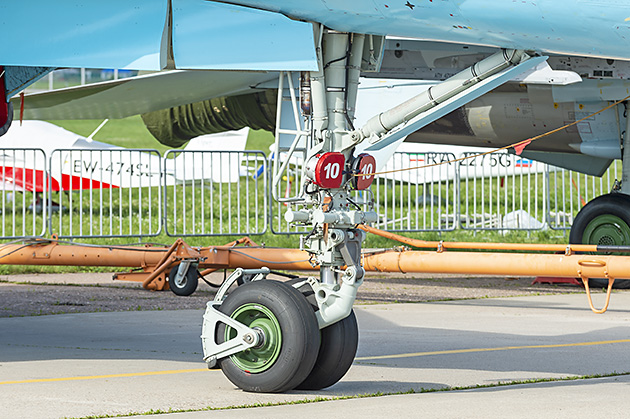
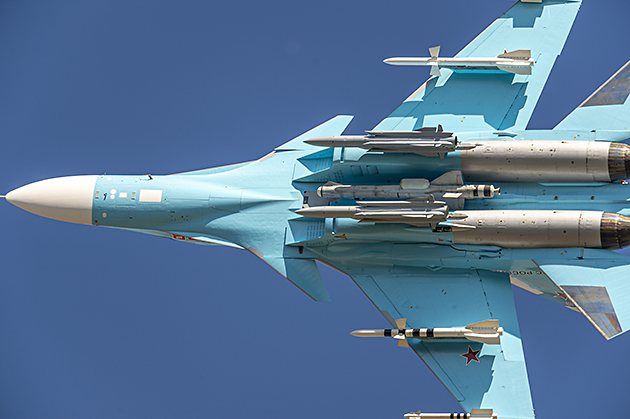
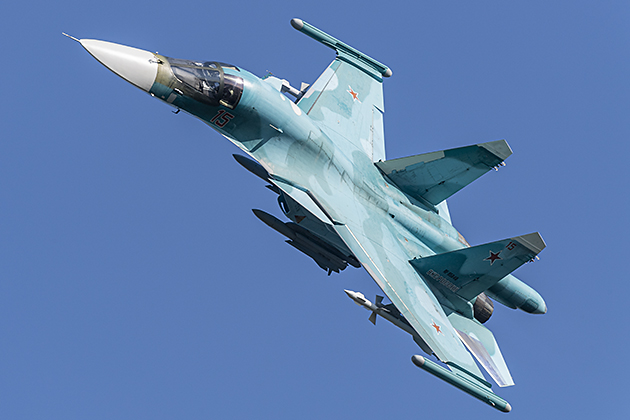
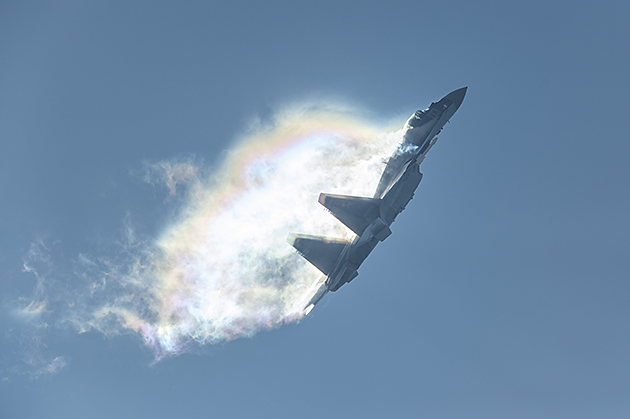
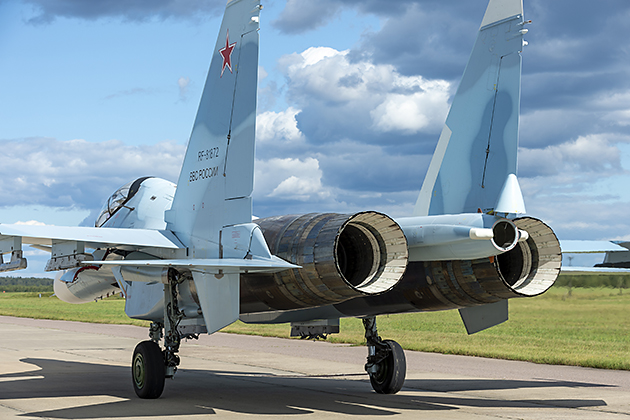
Robert Kysela / CHK6

